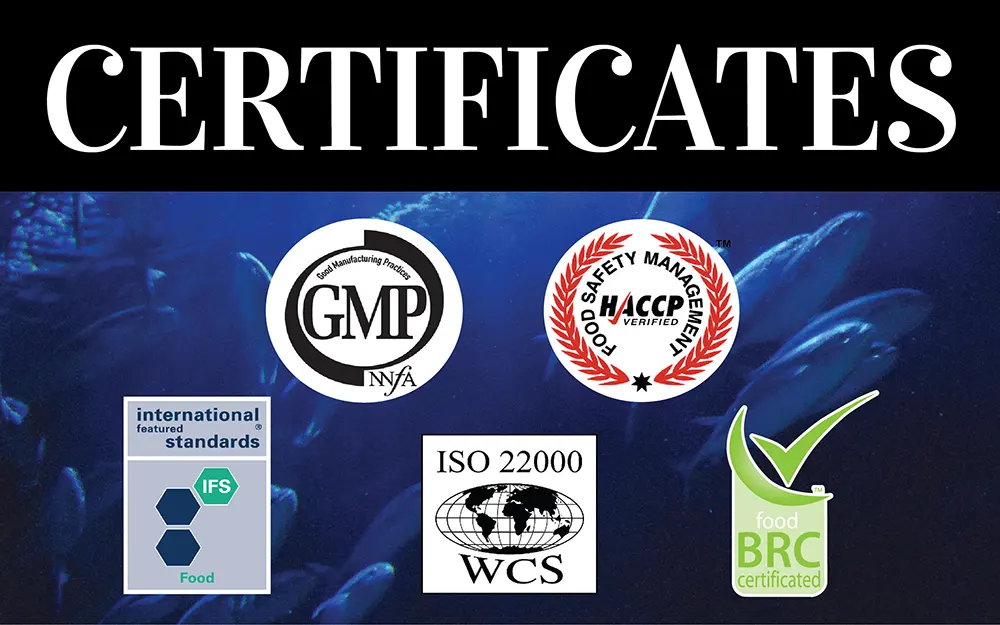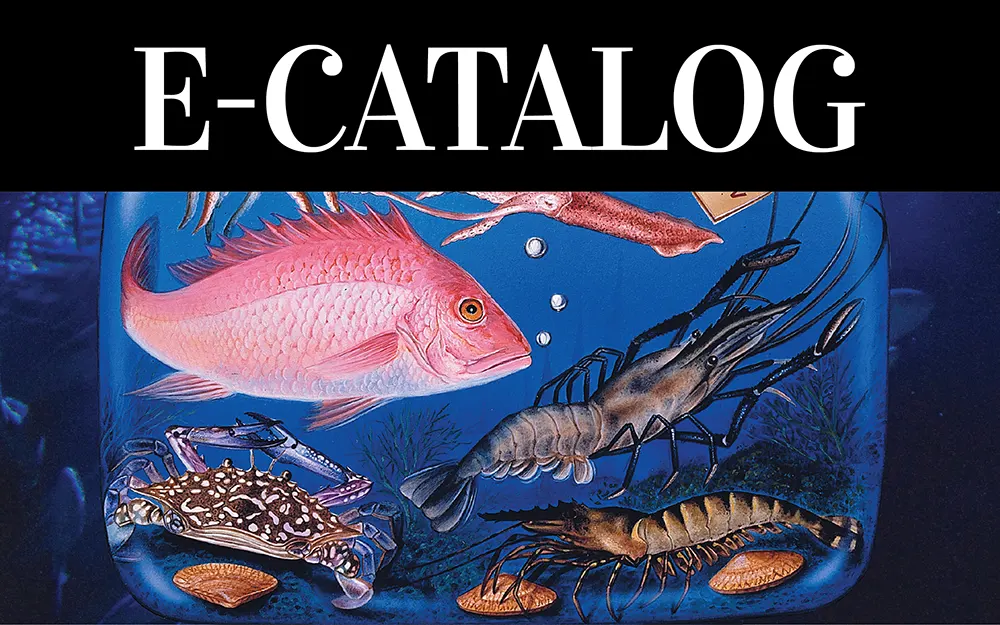Thanks to India, China, Indonesia, Ecuador and Mexico, U.S. shrimp imports jumped 9.8 percent in August, to 97 million pounds, according to figures released by the National Oceanic and Atmospheric Administration’s (NOAA) Fisheries Service on Thursday.
U.S. shrimp imports are well on track to top last year’s total of 1.23 billion pounds. Through the first eight months of 2011, they were up 3.5 percent, to almost 757 million pounds, reported NOAA Fisheries.
The greatest month-over-month increase came from Mexico. In August, U.S. shrimp imports from Mexico were up about 38 fold, to 5.6 million pounds, from August 2010. That’s because the U.S. government had banned shrimp imports from the country last year, citing some Gulf of Mexico and Sea of Cortez trawlers for improper use of turtle excluder devices (TEDs); the ban was lifted in October 2010.
India also boosted its shrimp exports to the United States significantly in August, up 68.2 percent, to 15.5 million pounds. The country has shifted its shrimp production away from black tigers and toward Pacific whites, allowing it to increase its overall shrimp production. According to one Thailand-based shrimp exporter, India expects this year’s shrimp harvest to be up 25 to 30 percent from last year, to about 300,000 metric tons, 60 percent of which will be vannamei.
China also recorded a sizeable increase in its shrimp exports to the United States in August, up 10.7 percent to 11.9 million pounds, while Indonesia watched its shrimp exports to the United States edge up 8.8 percent in August, to 15.2 million pounds. The same goes for Ecuador, which posted an impressive 52.5 percent increase in its shrimp exports to the United States in August, to 16.2 million pounds.
As for Thailand — by far the United States’ No. 1 shrimp supplier — the news isn’t as positive. Its shrimp exports to the United States were down 4.3 percent in August, to 41.3 million pounds. Through the first eight months of 2011, they were down 4.2 percent, to 246.8 million pounds.
Severe floods in early spring and again in early fall due to a volatile monsoon season has hampered Thailand’s shrimp production. One industry veteran told SeafoodSource recently that raw material in Thailand is “very short” currently.
Source:
Contact us for more formation:
Email: info@siamcanadian.com



